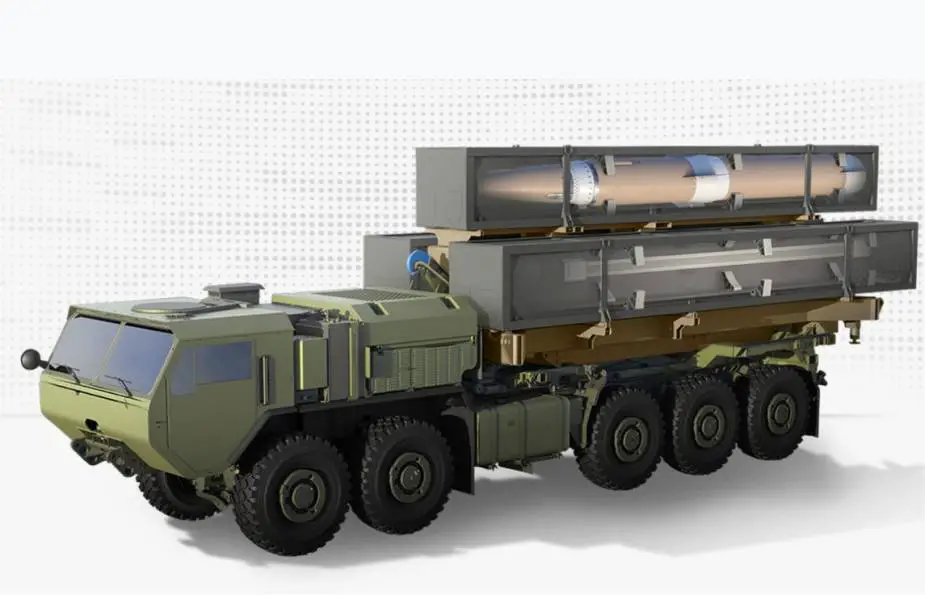Breaking news
Lockheed Martin to develop OpFires ground-launched system for hypersonic boost glide missile.
According to a contract published by the United States Department of Defense on January 8, 2021, Lockheed Martin Corp., Missiles and Fire Control, Grand Prairie, Texas, is being awarded a $58,905,062 modification to the previously awarded cost-plus-fixed-fee contract to exercise the contract line item number 0003 option for the development of the integrated OpFires ground-launched system enabling hypersonic boost glide weapons to penetrate modern enemy air defenses.
Follow Army Recognition on Google News at this link

American company Lockheed Martin to develop ground-launched hypersonic missile. (Picture source Lockheed Martin)
The American companies Lockheed Martin in collaboration with the U.S. Defense Advanced Research Projects Agency (DARPA) have launched the Operational Fires (OpFires) program to develop and demonstrate a novel ground-launched system enabling hypersonic boost glide weapons to penetrate modern enemy air defenses and rapidly and precisely engage critical time sensitive targets.
The OpFires is an innovative ground-launched system that enables a hypersonic boost glide missile system to penetrate modern enemy air defenses and rapidly engage time-sensitive targets. Boost-glide hypersonic weapon is a technology that allows that the weapon’s warhead is initially accelerated using a rocket before gliding unpowered to its target at speeds greater than five times the speed of sound.
OpFires seeks to develop an advanced booster capable of delivering a variety of payloads at a variety of ranges. Additional considerations include the need for compatible mobile ground launch platforms enabling integration with existing ground forces and infrastructure, and specific system attributes required for rapid deployment and redeployment. The OpFires program will conduct a series of subsystem tests designed to evaluate the component design and system compatibility, and culminate in integrated end-to-end flight tests.
A hypersonic missile can fly at a speed of Mach 5 (6,200 km/h) and higher while a standard cruise missile can fly at a maximum speed from 800 to 900 km/h. Some Russian hypersonic missiles, such as the Kh-47M2 Kinzhal will be able to reach a Mach 10 speeds (12,350 km/h). Due to its high speed, a hypersonic missile cannot be intercepted by modern air defense systems.
OpFires engineers are designing OpFires with affordability in mind by reusing proven precision fires subsystems. For example, they are adapting proven High Mobility Artillery Rocket System (HIMARS) electronics and precision fires subsystems for interoperability with U.S. Army Advanced Field Artillery Tactical Data System infrastructure.























